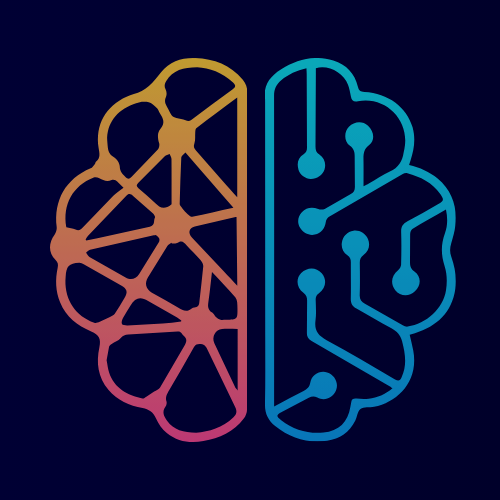Data Lakes vs Data Warehouses: How to Choose the Right One
 neurontist
neurontist
When it comes to managing and analyzing vast amounts of data, businesses are often faced with a critical decision: should they invest in a data lake or a data warehouse?
Choosing between a data lake and a data warehouse can feel like navigating a maze of complex terms. Both are essential tools for handling data, but they serve different purposes and offer distinct advantages. In this blog, we'll break down the differences in a simple, easy-to-understand way, helping you decide which option best fits your business needs.
Whether you're dealing with raw data or structured information, this guide will make it clear which path to take.
Let's get started!!
What is a Data Warehouse?
A Data Warehouse is a centralized repository optimized for analyzing large volumes of structured data from multiple sources.
It organizes data around major subjects or themes rather than specific applications or processes. Data from different sources (e.g., databases, flat files, external systems) is consolidated into a consistent format.
Benefits:
Improved Decision-Making: Provides a single source of truth for data analysis, helping organizations make more informed decisions.
Enhanced Data Quality: Standardizes data from multiple sources, ensuring consistency and accuracy.
Examples of Data Warehouse Platforms:
Amazon Redshift
Google BigQuery
Microsoft Azure SQL Data Warehouse
What is a Data Lake?
A Data Lake is a storage repository that holds vast amounts of raw data in its native format, including structured (like databases), semi-structured (like JSON, XML), and unstructured data, such as images, documents, log files, and binary data (like audio and video).
Data is ingested into the data lake in its original form without preprocessing or transformation.
Benefits:
Flexibility: Can store any type of data in its raw form, offering flexibility in how data is used and analyzed.
Cost-Effective: Typically cheaper than data warehouses because they use inexpensive storage solutions and don’t require upfront schema design.
Examples of Data Lake Platforms:
Amazon Simple Storage Service (S3) when used as a data lake
Azure Data Lake Storage
Hadoop Distributed File System (HDFS)
Comparing the Two!
Schema:
Data Warehouse:
Schema-on-write (predefined schema before writing data)
Extract – Transform – Load (ETL)
Data Lake:
Schema-on-read (schema is defined at the time of reading data)
Extract – Load – Transform (ELT)
Data Types:
Data Warehouse: Primarily structured data
Data Lake: Both structured and unstructured data
Storage and Cost:
Data Warehouse:
Storage is expensive due to the need for optimization, indexing, and storage of structured data
Cost is higher because of ETL processes
Data Lake:
Storage is cheaper and scalable
Cost-effective because it doesn't require data to be transformed before storage
Agility:
Data Warehouse: Less agile due to predefined schema
Data Lake: More agile as it accepts raw data without a predefined schema
Choosing a Warehouse vs. a Lake
Choose Data Warehouse when:
Ideal for organizations that need to perform complex analytics, machine learning, and data exploration on various types of data.
If your primary focus is on business intelligence (BI), reporting, and OLAP (Online Analytical Processing), where data needs to be queried quickly and efficiently.
Choose Data Lake when:
Suitable for data science, big data analytics, machine learning, and exploratory data analysis, where you might need to process vast amounts of raw data.
If your use cases include real-time analytics, data streaming, or the need to store and analyze a variety of data formats and types.
Future needs for data are uncertain, and you want flexibility in storage and processing.
Often, organizations use a combination of both, ingesting raw data into a data lake and then processing and moving refined data into a data warehouse for analysis.
Conclusion:
In conclusion, both data warehouses and data lakes serve critical roles in modern data architecture, each with its unique strengths and applications. Whether you're focused on structured data for business intelligence or need a flexible solution for big data analytics, understanding the differences between these two technologies will help you make informed decisions that align with your organization’s data strategy. By leveraging the right tools for the right tasks, you can unlock the full potential of your data, driving innovation and growth.
Thank you for reading, and I hope this overview has provided you with a clear understanding of when to choose a data warehouse, a data lake, or even a hybrid approach.
Happy data exploring!
Subscribe to my newsletter
Read articles from neurontist directly inside your inbox. Subscribe to the newsletter, and don't miss out.
Written by

neurontist
neurontist
A Developer Preparing for a Machine Learning Career. With a foundation in development, I am now immersed in AI. Mastering innovative tools and acquiring certifications; a quest for knowledge, growth, and impact.